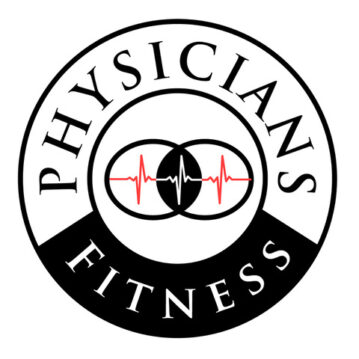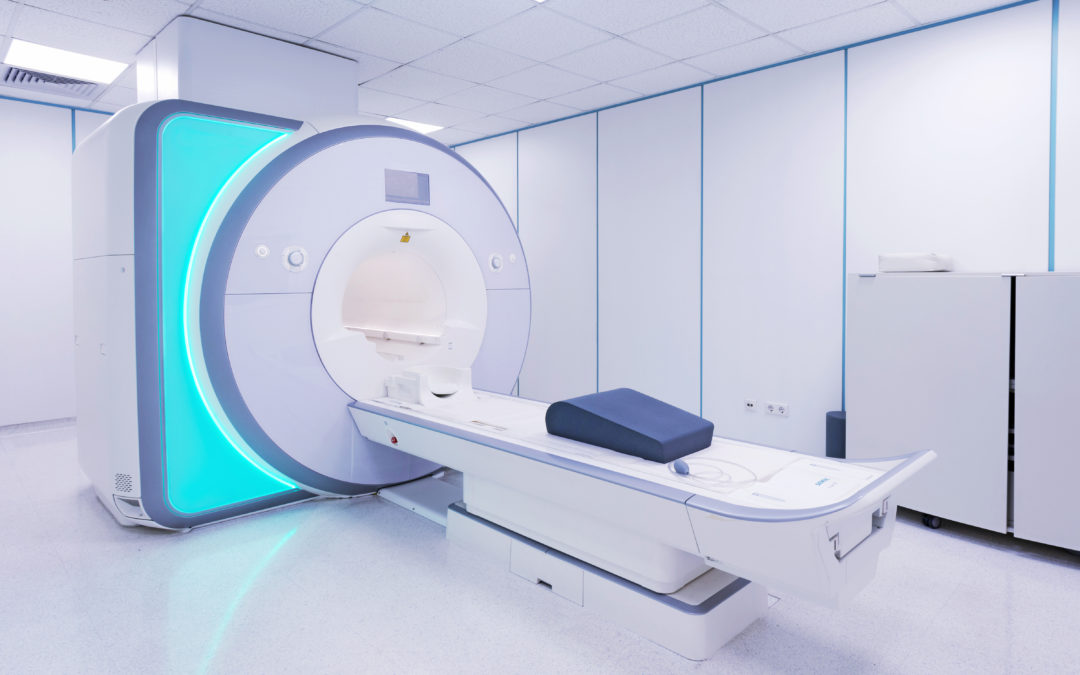By Charlie Rowe, CMSS, CSCS
“MRI’s are just anatomic pictures of structures. They do NOT tell me if someone is having pain from MRI findings. I tell patients that it is similar to having your portrait taken. The picture just shows what you look like, not how you are feeling.”
Dr. Derek Ochiai
“For example, many people have “stuff’ on their scans that can sound scary, even if these things are relatively normal and not closely connected to pain. This includes things like bulging discs and degenerated discs, which have a lot in common with grey hair and wrinkles – they are more common as we get older, without being dangerous.
Unfortunately, people with back pain are often told that these things indicate their back is damaged, and this can lead to further fear and distress or lead people with back pain to rush for procedures like surgery when they are not needed. Therefore, you should think twice before getting a scan.”
Kieran O’Sullivan, PT
“The MRI scans below show two patients with herniated lumbar discs. The one on the left is a small herniation; the one on the right is a large herniation.
Q: Which patient needs surgery?
A: Neither. Both patients have minor symptoms and are doing well with physiotherapy and anti-inflammatory medications.
“Treat the patient, not the MRI”
Ali A. Baaj, MD
I hope you find encouragement in the previous quotes. What is to be inferred from them?
You can be injured, have structural or tissue damage to the muscle-skeletal system, and not have very much pain or discomfort – sometimes no pain at all!
Let me repeat – be encouraged by this!
The message that tissue damage must always result in pain can be wrong.
This is not an indictment of X-Ray and MRI scans and the accompanying radiological reports. They are certainly valuable tools. For example; one of my colleagues on a recent Facebook post shared that an MRI showed that her shoulder joint doesn’t properly fit together due to repeated dislocations and that she is prone to future dislocations.
Of course, this is valuable information. It can help us understand whether we should, and if so how, to exercise the shoulder for strength training. It also sets up the expectation for outcomes for any process employed to help the individual.
On the same post another colleague mentioned that a scan of his neck showed a herniated cervical disc was pressing on a nerve root. The scan took place after the numbness in his left arm had already disappeared. He mentioned he never had any pain in his neck or arm.
Should scans be done every-time someone is complaining of pain? Physicians have to make this decision on a regular basis often knowing that the scan might show something, or it might not. Whether or not what the scan shows has anything to do with the patient’s complaint is another matter.
It’s a conundrum for the doctor and the patient. Of course, each wants to know the cause … the reason for their pain. The pain needs to be blamed on something specific that can be seen. It has to be given a name like arthritis, tendonitis, or herniation. Unfortunately, the scan can’t show that whatever image is produced is what is causing the pain directly.
So, the insistence by the patient or doctor to get a scan is balanced against the hesitation to order a scan because it is expensive and may not shed any light on the problem, or possibly prompt a surgery that isn’t necessary.
The patient may leave the doctor’s office discouraged. They don’t want surgery, they don’t want to take drugs if they can avoid it, but they can’t live the rest of their life with chronic musculoskeletal pain. Drugs and surgery may even compound the problem by creating new issues.
It’s time to ask a few questions: What else can someone do to help the situation? Is there a more conservative approach to try before taking the risks of drugs and surgery?
Yes.
The answer – exercise.
Too many people have given up on trying to work conservatively via exercise to move better in order to feel better by looking for quick fixes that may carry negative long-term consequences. (can anyone say opioid epidemic?)
If you are feeling discouraged by musculoskeletal pain and are trying to avoid drugs and surgery – try exercise. Get a thorough assessment and have a professional develop, and implement, a personalized and precise exercise-based strategy that is unique to your needs.
Remember those quotes in the beginning of this blog,
“Treat the Person, Not the Scan!”
If you're interested in learning more about how a Certified Muscle System Specialist™ can help you move better, feel better, and live better, click here.
To find a Certified Muscle System Specialist™ near you, see our list of practitioners throughout the U.S. and Canada.
If you're an exercise professional who is interested in learning more about how to become a Certified Muscle System Specialist™, visit us at www.exerciseproed.com.


Recent Comments